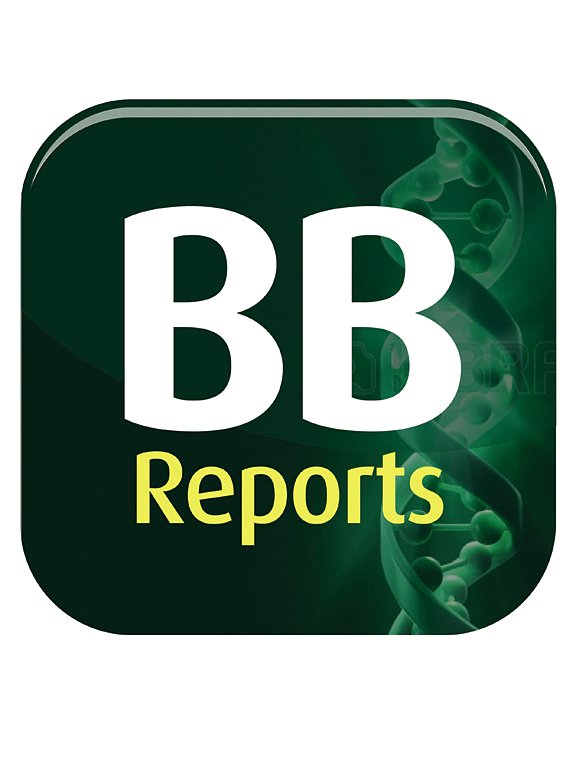Renoprotective mechanisms of celastrol in high glucose-mediated HK-2 cell injury through inhibition of the PI3K/Akt/NF-κB signalling pathway
IF 2.3
Q3 BIOCHEMISTRY & MOLECULAR BIOLOGY
引用次数: 0
Abstract
Hyperglycemia-induced inflammation and fibrosis in renal tubular epithelial cells are critical factors driving the progression of diabetic nephropathy (DN). Celastrol, a bioactive compound derived from Tripterygium wilfordii Hook.F, is recognized for its anti-inflammatory and anti-fibrotic properties. This study aimed to investigate the renoprotective effects of celastrol against high glucose (HG)-induced damage in human kidney 2 (HK-2) cells. Briefly, HK-2 cells were exposed to high glucose and treated with celastrol. Cell viability and apoptosis were evaluated using CCK-8 assay kit and flow cytometry, respectively. The pro-inflammatory cytokines, oxidative stress markers, and fibrotic-related proteins were measured using ELISA and immunoblotting. To further confirm the mechanistic actions of celastrol, the PI3K/Akt/NF-κB pathway was examined, and HG-treated cells were co-incubated with the NF-κB inhibitor bortezomib. Our result revealed that celastrol at the moderate concentration of 50 nM mitigated HG-induced toxicity, suggesting an optimal therapeutic window. Celastrol improved cell viability and reduced apoptosis in HG-treated HK-2 cells. It significantly decreased levels of inflammatory cytokines such as IL-6, TNF-α, IL-1β, and MCP-1, while enhancing antioxidant activities of GSH-Px and SOD, and lowering MDA levels, indicating diminished oxidative stress. Mechanistically, these renoprotective effects of celastrol partly attributed via inhibition of the PI3K/Akt/NF-κB signalling pathway, as blocking NF-κB signalling by bortezomib resulted in similar inhibitory effects against inflammation and fibrosis. Collectively, celastrol acts as a renoprotective agent against renal inflammation, oxidative stress, and fibrosis, partly through the inhibition of the PI3K/Akt/NF-κB pathway, offering potential therapeutic benefits against hyperglycemia-induced renal injury in DN.

求助全文
约1分钟内获得全文
求助全文
来源期刊

Biochemistry and Biophysics Reports
Biochemistry, Genetics and Molecular Biology-Biophysics
CiteScore
4.60
自引率
0.00%
发文量
191
审稿时长
59 days
期刊介绍:
Open access, online only, peer-reviewed international journal in the Life Sciences, established in 2014 Biochemistry and Biophysics Reports (BB Reports) publishes original research in all aspects of Biochemistry, Biophysics and related areas like Molecular and Cell Biology. BB Reports welcomes solid though more preliminary, descriptive and small scale results if they have the potential to stimulate and/or contribute to future research, leading to new insights or hypothesis. Primary criteria for acceptance is that the work is original, scientifically and technically sound and provides valuable knowledge to life sciences research. We strongly believe all results deserve to be published and documented for the advancement of science. BB Reports specifically appreciates receiving reports on: Negative results, Replication studies, Reanalysis of previous datasets.
 求助内容:
求助内容: 应助结果提醒方式:
应助结果提醒方式:


